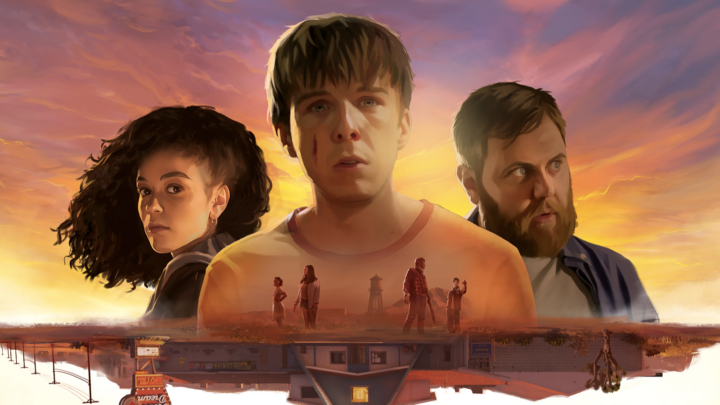As a game designer your primary objective is to create an entertaining experience for the player. Why, then, are 80% of all games abandoned by players before they reach the end? As a statistic, that figure could be disheartening – most people who play haven’t enjoyed your game enough to finish it – but further analysis of some figures reveals what the cause might be, and how to change that.
Narrative-based games such as Life is Strange, Heavy Rain and What Remains of Edith Finch have an average completion rate of 60-70%, and there lies the secret: players are satisfied for a while with exciting gameplay and memorable characters – essential features of any successful game – but to truly engage we need a strong narrative thread at the heart.
Caroline Marchal, award-winning lead game designer of Heavy Rain, explained to us: ‘story – the need to know what happens next – is, above anything else, the greatest incentive to keep playing’.
Story creates impact, engagement and a community of loyal players. See the buzz around Fortnite’s live storytelling and the popular lore analyses of Blizzard’s Overwatch comic series. Stories ultimately provide meaning beyond the pure pleasure of interacting with a game. If done well, they make the experience memorable – they make it emotional. Case in point: watch these gamers react to the final scene of Walking Dead Season 1 by Telltale Games (spoilers).
However, even armed with this knowledge, developers and studios often struggle to integrate storytelling into the production process. A common cause for this is that writers are brought in after the gameplay and levels are set, having to write around an existing structure or – still worse – write dialogue for pre-existing or ill-conceived characters. This lack of cohesion feeds through to the end product and is easily detected by gamers.
Designers and developers need to be able to think like storytellers.
– Emily Ronan
The best way to combat this is to better integrate narrative development into the production process, and to do this, you need to get all parts of development on the same wavelength: designers and developers need to be able to think like storytellers.
Tomb Raider writer Rhianna Pratchett advises: ‘Thinking about narrative earlier on and having a strong commitment to creating a harmonious, rather than antagonistic, relationship between gameplay and narrative is the only way we’re going to get over this lack of cohesion.’
Whether you’re a sole developer or managing a development team, prioritising a basic understanding of story genre and the five-act narrative structure will enhance every stage of developing your game – pacing, game verbs, player choices, sound, setting and character design.
However, it’s not just development teams that need to up their game. Writers also need to understand what writing for games actually entails, and for this reason, Ubisoft’s Ed Kuehnel warned that ‘breaking into the industry just as a writer is very, very difficult’.
Your narrative has to bow to the requirements of gameplay as well as to the limitations of budget and the schedule. Can the weather change dynamically, for example? Is there enough time to add an additional character, as this could take up to 8 weeks of work?
Again, all parts of game development need to be on the same wavelength – games writers need to understand game mechanics and production, perhaps by joining a dev team, learning programming and creating your own game to understand the role of your developers.
So, for those looking to craft a game experience that players will see through to the end, narrative is key – without it you risk a forgettable final product which engages few players and inspires little to no buzz in the gaming community.
But, the secret of implementing story is considering the game development process holistically. A game without narrative will flounder, but a great story that doesn’t understand how it’s being told is unlikely to succeed either – all members of the development team must speak the language of narrative to unite gameplay and story.
THIS IS A SHORT EXCERPT FROM OUR MUCH-COVETED INDUSTRY GUIDE, THREE STRATEGIES TO MAKE YOUR GAME A WINNER, AVAILABLE TO DOWNLOAD FOR FREE.




One comment
Comments are closed.